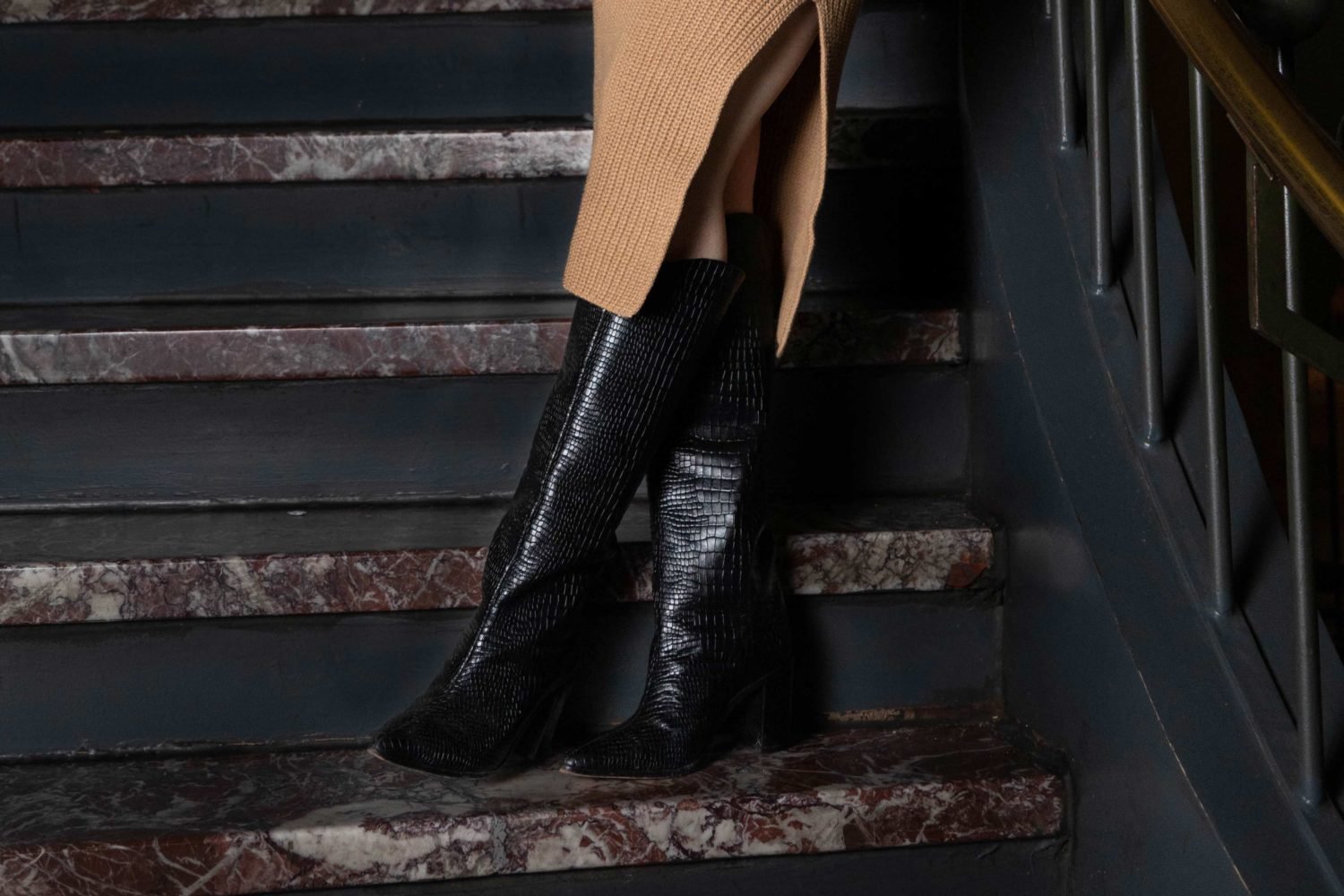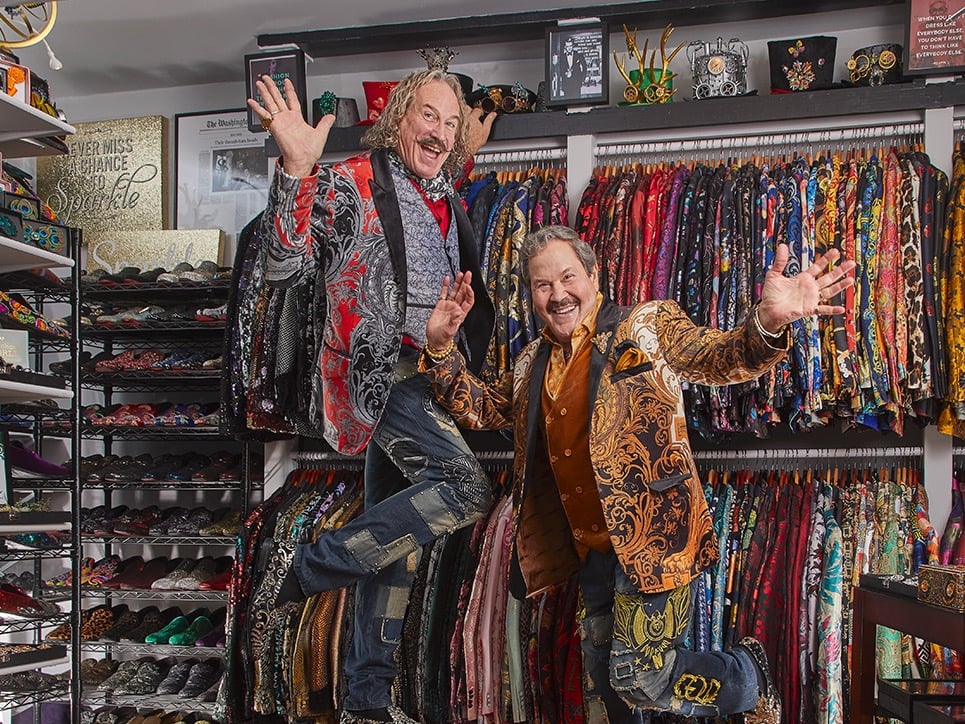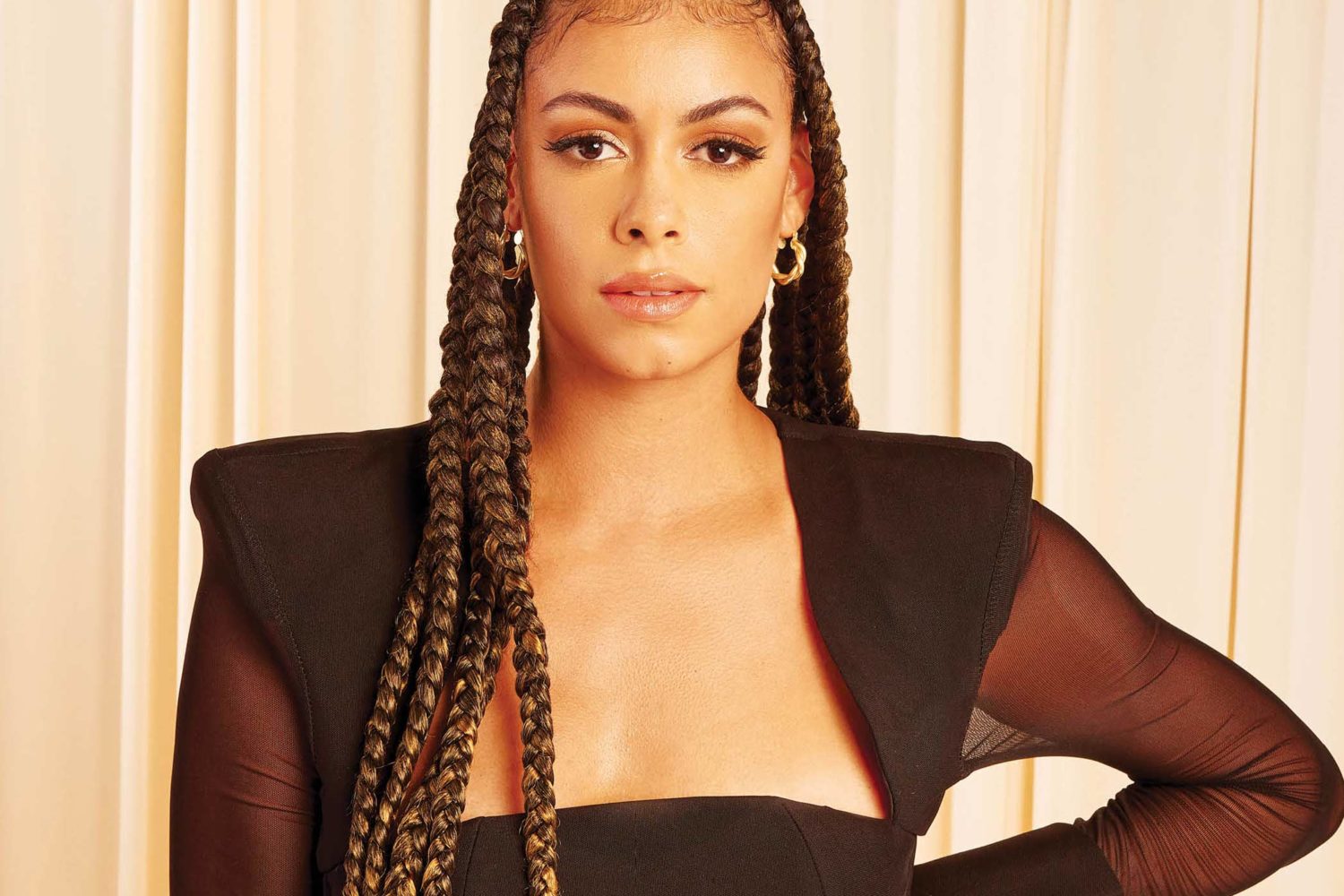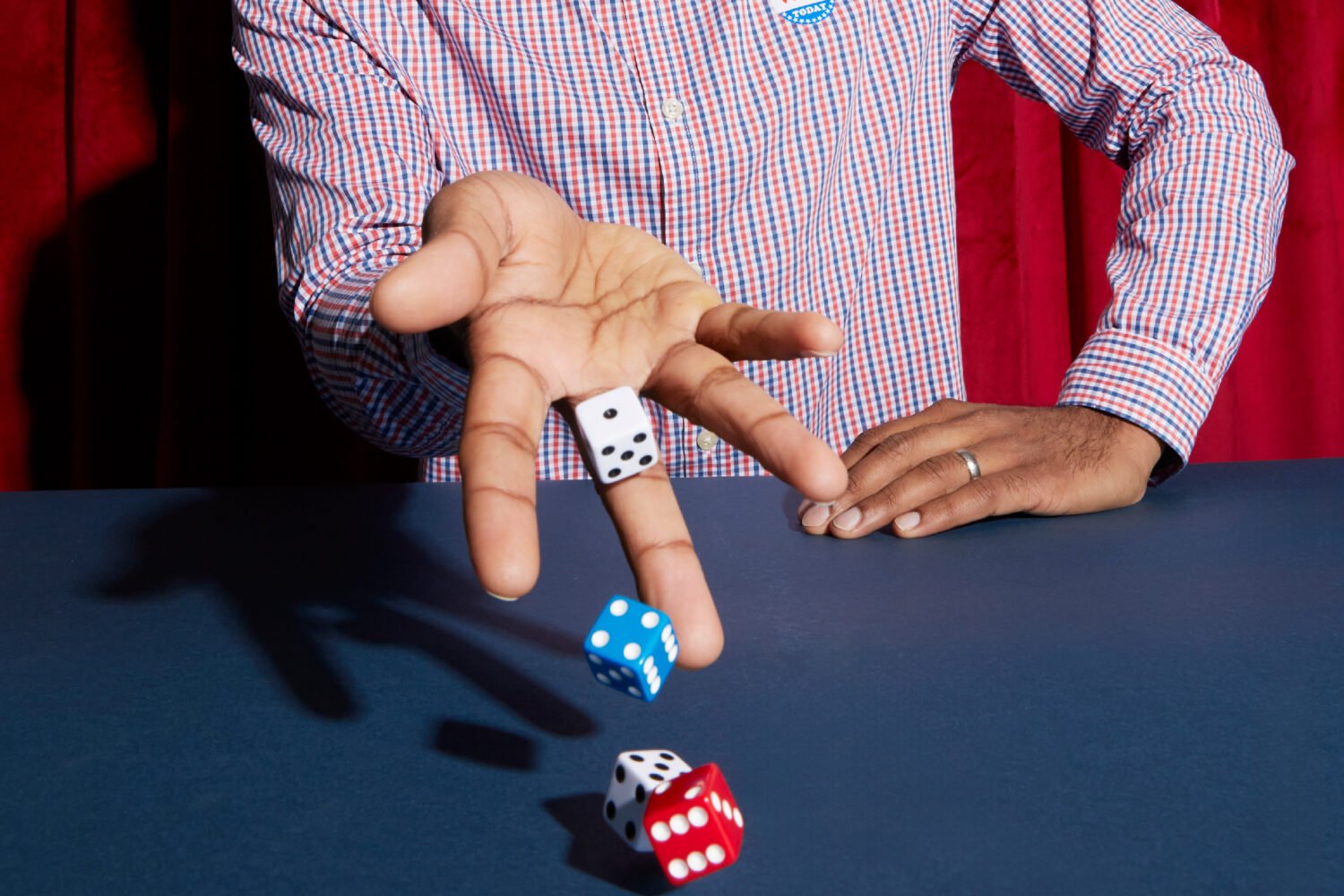Style > Beauty > Great Hair
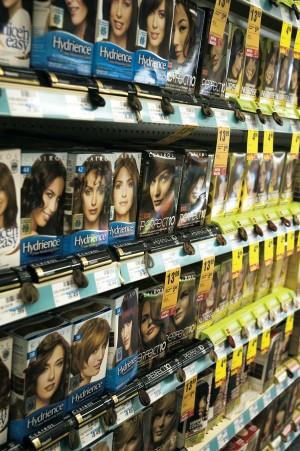
Lifestyle editor Leslie Milk considers herself the Madame Curie of home hair color. After experimenting on her own head for years, here’s what she’s learned.
1. Know your formula.
Drugstore hair-color kits come in a limited number of shades, while salon colorists usually mix two or three to get the right tone. If you have a regular colorist, ask for your formula, assuring him or her that you’ll still come to the salon for cuts and highlights. Brand and color names in hand, you can go to a beauty-supply store that sells professional products to nonstylists. The stores also have charts created by hair-color companies to help you find the right shades.
2. Stay close to your natural color.
It’s fine to go a few shades lighter or darker to cover gray. If you are planning a drastic change, you need a professional. Highlights are also tricky for amateurs; start with a few strands near your face.
3. Prepare your hair.
Christophe Robin, a coloring expert for L’Oréal Paris, suggests a deep conditioning a few days before you color. He also advises that you shampoo the day before—not the day of—coloring. That gives oils in your scalp a chance to build up to provide a protective buffer against chemicals.
4. Stick to your roots.
Apply touchup color only at the roots. Dyeing your whole head each time you need a touchup is the main cause of strawlike, overprocessed hair.
5. All roots aren’t evil.
The less often you apply color, the less damage to your hair. The secret to spacing touchups is to color only roots that show at the hairline and along a part. Nice ’n Easy Root Touch-Up is designed to do just that.
6. Start with the gray.
Home hair color fits into three categories—temporary, semipermanent, and permanent. Temporary color coats the hair, while permanent color penetrates. The longer-lasting the product, the stronger the chemicals. Because gray hair is coarser and more color-resistant, you’ll need permanent color to cover a lot of gray.
Color the grayest area first to give the dye more time to penetrate. Christophe of DC’s Salon Christophe recommends dabbing hydrogen peroxide on stubborn gray roots around the hairline first. That, he says, makes the hair more receptive to dye. Let the peroxide dry, then color as usual.
7. Protect your color.
Hair color is most fragile right after coloring. Wait at least 24 hours before shampooing, and avoid alcohol-based styling products after that first shampoo.
8. Condition, condition.
Deep conditioning helps protect color. Apply a deep conditioner weekly, covering your hair with a plastic shower cap and letting the product sink in for 30 minutes.
9. Wear a hat.
Sun exposure turns baby blond into brass and rich brown into orange. Cover your hair before you hit the beach.
Chlorine and seawater also affect hair color. After a swim, rinse your hair with clear water to get rid of chemicals and salt.
10. Know when you need a pro.
Even the most experienced home hair-colorist can make a mistake. Don’t add more color to fix it yourself. Colorists have corrective products in their arsenal and the knowledge to use them. What’s more, they’ve seen it all. Just take two aspirin, throw on a hat, and call them in the morning.








